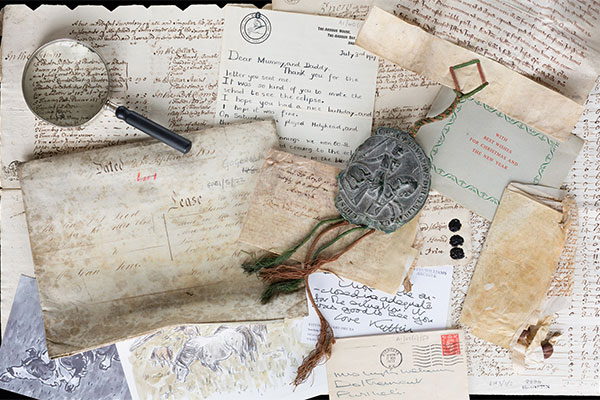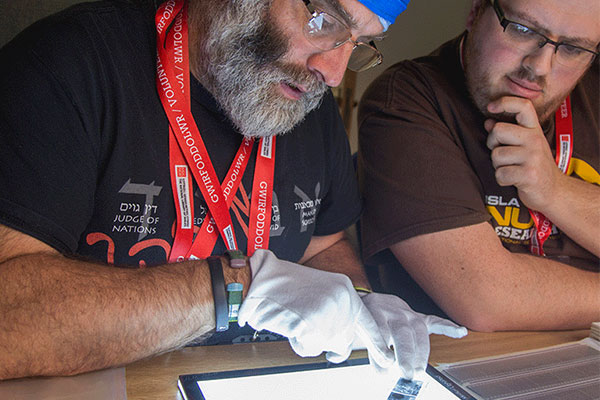Illustrations
The first part of the manuscript is illustrated with 30 miniatures in a Flemish style. Four miniatures, mainly of author and translator, illustrate the Disticha Catonis, whilst the Historia de preliis has 26, several subdivided to give a total of 47 subjects. The popular medieval legendary account of the life of Alexander the Great was an ideal text for the illustrator, and the text is also lavishly decorated with borders and gilded initials.




